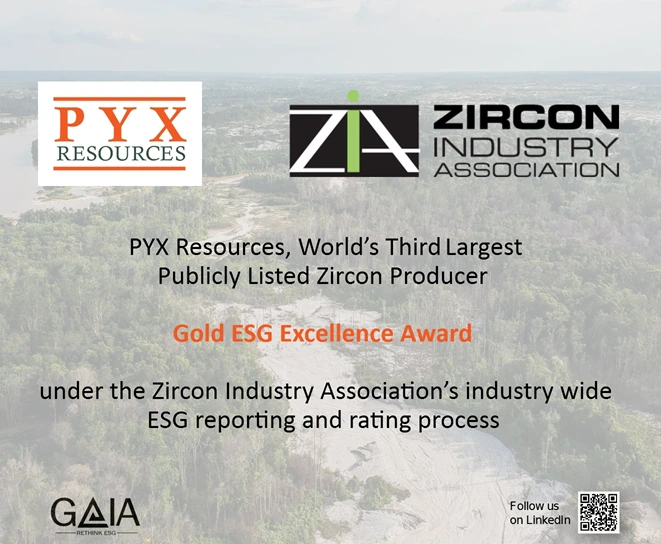Sustainable Mining – Dialogue with Peak Rare Earths
Hong Kong, Mar 25, 2024
In the evolving landscape of the mining sector, companies like Peak Rare Earths (PEK) are becoming increasingly pivotal due to their strategic role in the supply of essential materials for low carbon technologies. A recent meeting with PEK management team revealed significant insights into their sustainability initiatives, the problems existing in the sustainability practices of mining industry, and the potential for collaboration with asset manager like us focusing on impact investing.
PEK, who employs 15 local people, has made a lot of efforts in their sustainability practices, especially in the social pillar – community engagement, where a community lead, Mary Duncan, who is one of the local community, was appointed. Mary’s role involves immersing herself in the Ngualla community to identify and prioritize its social development needs, ensuring that the company’s efforts directly benefit the local population, which is a great step the company made in their sustainability strategy as it helps the locals live better.
From Mary’s presentation, we know that one of the notable achievements of PEK’s initiative is the improvement in living conditions for local teachers. By constructing larger housing facilities for teachers, PEK has successfully enhanced the teacher’s retention ratio in Ngualla, providing better education opportunities for local children. Furthermore, PEK has invested nearly 1 million USD in upgrading the area’s road infrastructure. This investment has been significantly increased the accessibility and quality of life in Ngualla as the road condition in Ngualla was extremely poor and hard for any types of cars to get in, enabling more efficient transportation and improving access to medical services through the introduction of shuttle bus services, thereby saving lives and bolstering the community’s overall well-being.
The ESG lead of PEK Andrea introduced us to the ESG information disclosure platform they utilize, Digbee, which develops ESG disclosure framework for the mining sector. It allows miners to disclose and refine their ESG practices comprehensively, aligning with over 30 international standards, a feature Andrea finds highly beneficial.
Despite these advancements, problem remains as to the consistency of the ESG scoring.
After our research on Digbee’s rating methodology, we find that it categorizes mining companies into three stages – explorer, developer, and producer – to score them as accurate as possible since the mining companies have different natures and face different risks in different stages. While this categorization is a good initiative in mining industry, it results in scores that are not universally comparable across different companies, which can cause confusion when investors want to use the score to quantitatively screen miners or construct the investment portfolio. How to make the scores comparable while as accurate as possible is a worth-studying problem.
In addition, PEK as the explorer with no revenue sometimes can be harmed by the conventional ESG rating methodology that includes the common irrelevant indicators e.g., the signatory of UN-PRI, which is not relevant to the small miners with no revenue because only companies with revenue are eligible to sign UN-PRI, leading to an underestimation of the sustainability practices of small miners and their exclusion from large fund managers’ investment scope.
Nivalis, in collaboration with the Chinese University of Hong Kong (CUHK), has a research team focusing on the ESG research within the mining industry, aiming to find the relevant and material factors that are the real alpha generators. Direct conversations with mining companies like PEK with deep local roots will make our research less theoretical based not solely on papers, but connect us to the real sustainability practices on the ground, and thus enhance our research quality. Community development seems to us an important factor in evaluating miners’ ability to build a circular economy locally. It is likely to be beneficial to integrate such elements into our framework to better capture the value creation from the actions taken.





